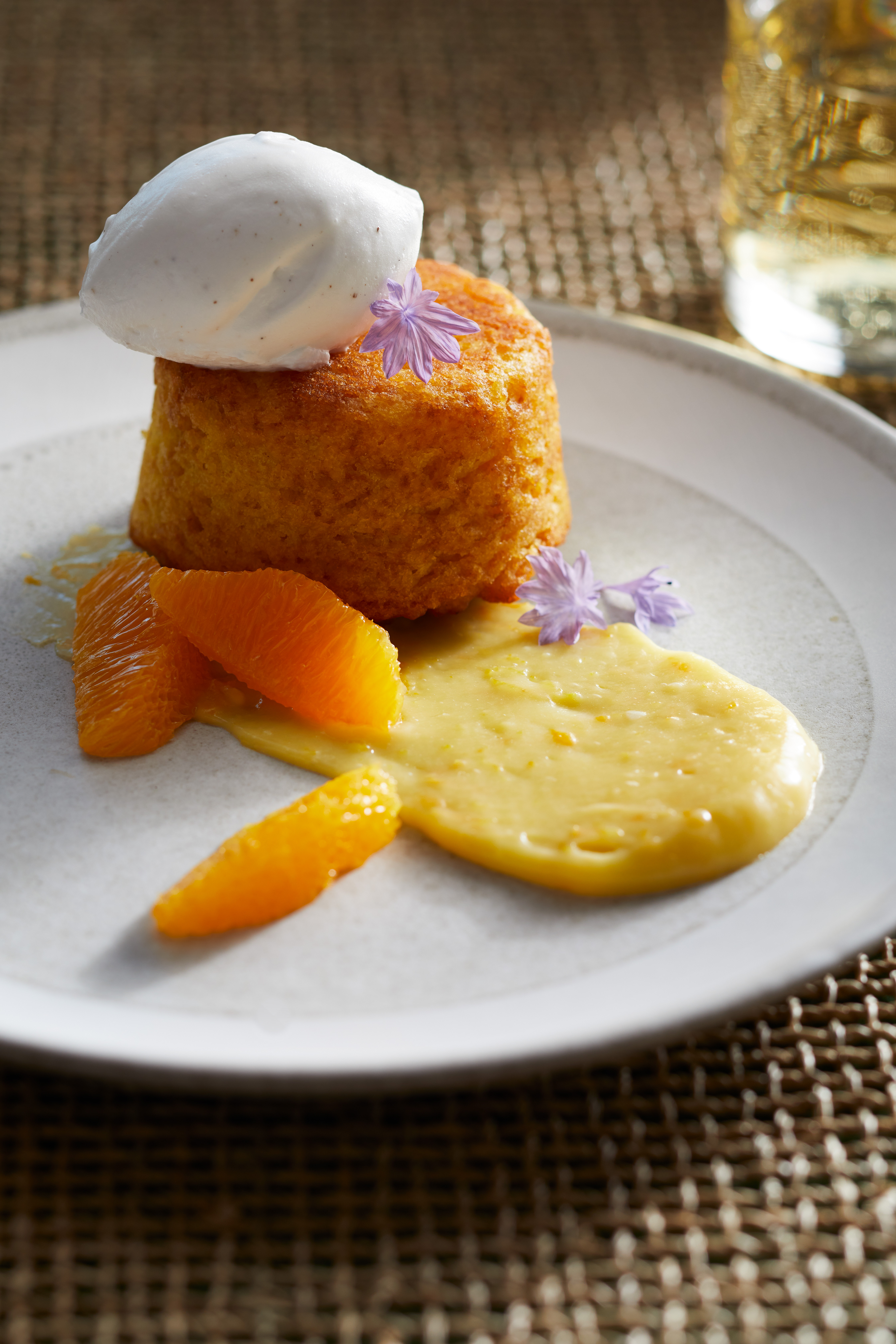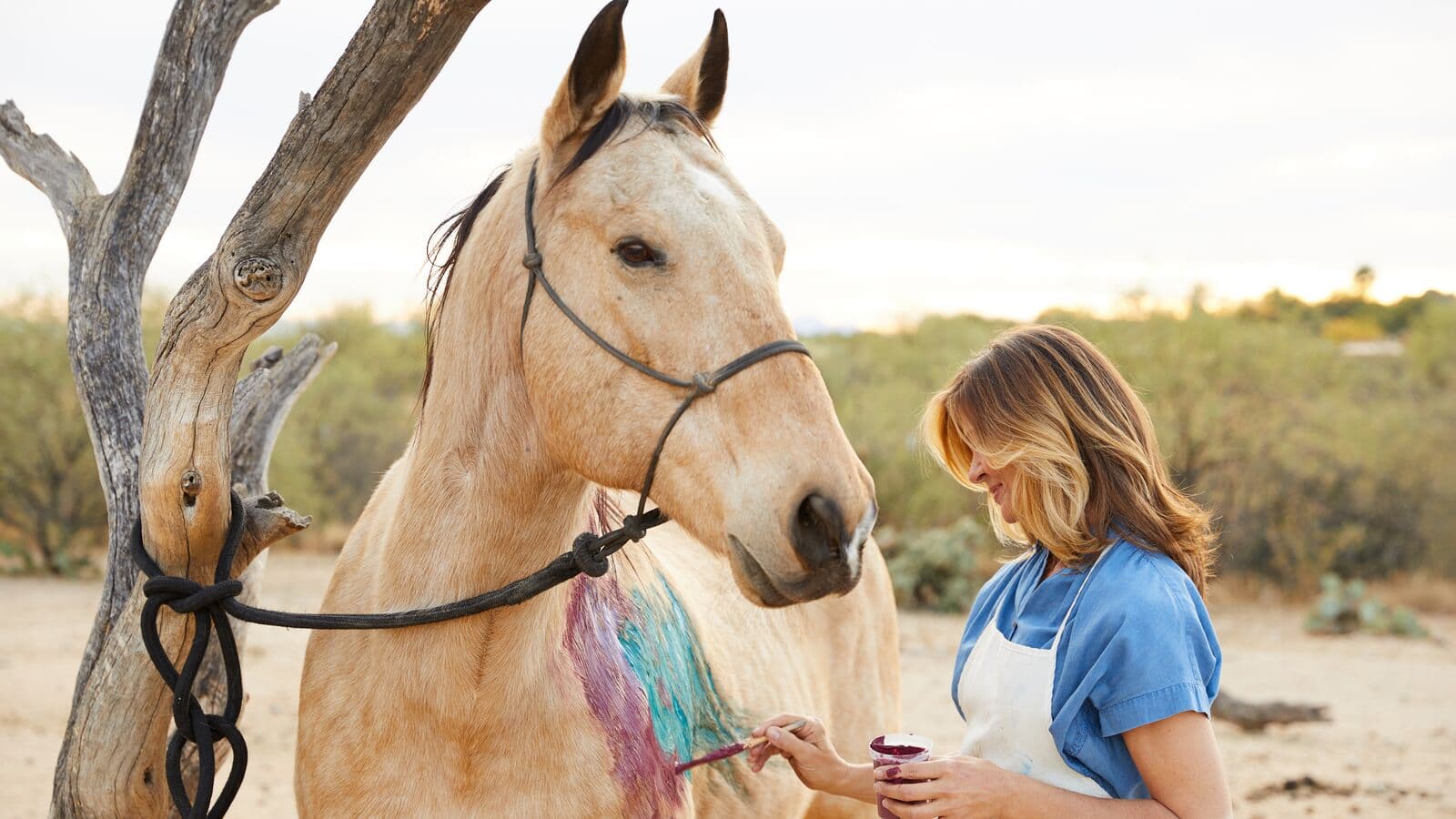Naming, Framing & Taming Conflict
Engaging healthy conversations
Guest post by Phyllis Braxton, CEO & Founder of PINK Consulting, LLC & Miraval Authentic Circle Member
Unless you are living in a non-Covid-induced bubble, you have experienced conflict. Were you effective at facilitating or resolving it? Maybe your primary caretakers and educators taught you how to make friends, but were you taught how to end those not-so-friendly relationships or encounters?
Take a moment to reflect:
- Do you have a definition of conflict?
- Do you know the different dimensions of conflict?
- Do you know your core conflict style and how to adapt to other techniques in times of emotional upset?
No worries, blame, or shame here. I am willing to bet that most of us never received formal training on how to engage in conflictual situations in a way that is healthy for us.
Do yourself a favor. Take a few minutes and think of a conflict that still resonates. Then, try walking that situation through the information I provide in this article.

Naming Conflict
Many conflict models* suggest that we leave the emotions out of it. Dr. Mitch Hammer writes that unless you acknowledge the underlying feelings, you have no chance of resolving the conflict. In my over 25 years of facilitating difficult conversations across cultural differences worldwide, I strongly concur.
So, what is conflict?
First, let’s quickly name what it is not. Basic communication skills can clear up communication misunderstanding, misperceptions, differences in goals, differences in values and needs, and misinterpretation of behaviors. These are not necessarily conflictual issues. However, if one party has emotional upset, a different set of communication and emotional intelligence prowess is warranted.
I’d like to offer that conflict must have two characteristics: incompatible goals and emotional upset.
Let me give you an example. My husband is more organized than I am—by a mile. When I sold my house, got married, and moved in with him, he expected I would only pack and move what I was keeping. My and my daughter’s belongings from a four-bedroom home with three-and-a-half baths, a shoe closet, formal dining and living room were supposed to fit in his already-furnished house. When I failed at meeting his expectation, there was emotional upset. We have incompatible goals and emotional upset. We were, indeed, in conflict.
Framing Conflict
Now that you know how to identify conflict, let’s name its dimensions. According to the work of Michelle LeBaron, conflict can have three dimensions: material, relational, and symbolic.
Material conflict is about the stuff, things, rules, laws, resources. If it is solely material, you can resolve it simply, perhaps not easily.
Relational conflict is about the nature of the relationship and how much relational glue is present. Relational conflict is about the allowance for grace in how the material conflict is communicated—the tone, energy, language, what’s not said.
Symbolic conflict is about the meaning that is made, given the nature of the relationship and how the material conflict is communicated.
Complicated stuff, right? I only learned this in my late twenties. I know now that knowledge was a gift.
For example, when my only child, Ivy, decided not to go to college, the rule/law in our house was for her to take out the trash. Taking out the trash is the subject of the conflict. If I get home from work and the garbage has been taken out, there is no conflict. However, if I get home and the house smells like trash, we have a material conflict.
Now, when I ask Ivy to take out the trash, and she smacks her lips and rolls her eyes, we are in relational conflict because of the nature of our relationship and how she communicated with me. Given that Ivy had a pattern of not taking out the trash, this behavior communicated, for better or worse, an impact. The impact of her behavior led me to associate a meaning with her not taking out the trash— that she was disrespectful, entitled, privileged, spoiled, and lazy. The dimension your conflict is in will demand a unique and different approach to resolving it.

The ability to recognize and appropriately respond to cultural differences in conflict style is critically important in effectively managing and resolving conflicts. The practical “four-quadrant intercultural conflict style model” developed by Dr. Mitchell Hammer provides a rich framework for increasing competence in cross-cultural conflict resolution.
This model identifies two core, culturally-learned approaches:
- Direct or indirect strategies for resolving disagreements
- Emotionally expressive or restrained methods for dealing with conflict.
Combining these approaches results in four cross-cultural conflict styles: Discussion, Engagement, Accommodation, and Dynamic.
The Intercultural Conflict Style (ICS) Inventory, developed by Dr. Hammer, is the premier assessment tool for identifying fundamental approaches for resolving conflict across cultural and ethnic differences. The ICS Inventory, based on the four-quadrant intercultural conflict style model, is a self-scoring, easy-to-use, statistically valid, and reliable instrument that can be used for individual, group, and organizational level assessments. Knowing your style will significantly increase awareness regarding different conflict styles and how to manage across cultural differences.
5 Tips to engage in a healthy Conversation & understand Conflict:
- Check for the two characteristics of conflict.
- Map the dimensions of your conflict.
- Be intentional in planning your communication, energy, and approach to resolving it: material, relational, symbolic.
- Intercultural Conflict Style – know who’s going to show up in times of disagreement and emotional upset.
- Get clear in your role, your goal, and what you need to keep your soul.
Now, you’re grounded and ready to respond. It is simple yet not easy to change.
And that’s the good news.
We are iterative beings, and we can change. You can invest in the tools you need to be the change you want to see in the world and your relationships.
* I use the research of Dr. Mitch Hammer and Michelle LeBaron to support my approach, thinking, and explanations of why we do what we do in times of emotional upset.
Phyllis Braxton-Frierson
Phyllis Braxton-Frierson is the CEO and Founder of PINK Consulting, LLC and The PINK Brand, and a Miraval Authentic Circle Member. She has been in the DEI field for nearly 25 years. Phyllis was an adjunct professor teaching graduate-level courses in diversity, received her master’s degree all at the University of Minnesota, and earned her bachelor’s degree from Morris Brown College in Atlanta, Ga.




















